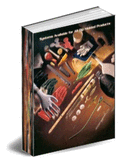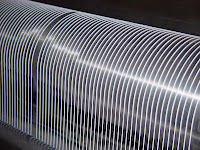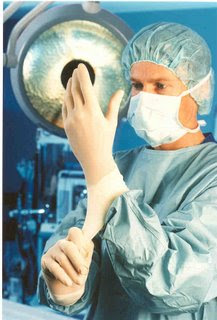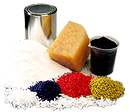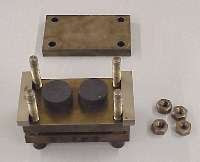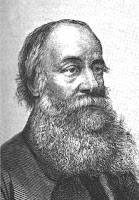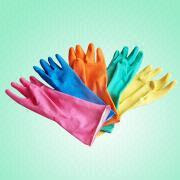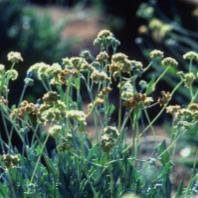United Nation University: Turning plastic containers, bottle caps, bags, all plastic waste BACK into useable oil (where it came from originally), back into gasoline, kerosene, etc.
Here on Our World 2.0, on the video’s YouTube page and those of re-posters too, as well as on the hot Reddit Science link, the topic has generated much interest and debate amongst commenters.
Many think that this type of recycling is not a solution, but that instead the world should be seriously focused on the first “R” — which is reduce. We should shun single-use plastic (such as your average PET bottle or disposable container) altogether, they argue. The world’s oil resources are diminishing; does technology like this enable our denial of that fact, or is it a hopeful and constructive step in the right direction?
Others have concerns about pollution or toxic residue from the conversion process. Blest tells us that, if the proper materials are fed into the machine (i.e., polyethylene, polystyrene and polypropylene — PP, PE, PS plastics), there is no toxic substance produced and any residue can be disposed of with regular burnable garbage. They also explain that while methane, ethane, propane and butane gasses are released in the process, the machine is equipped with an off-gas filter that disintegrates these gases into water and carbon.
Lastly, commentators from around the world are anxious to know if and where they can purchase a machine. Though the company still mainly produces larger, industrial-use machines, Blest Co. will be more than happy to hear from you. Please contact them directly at info@blest.co.jp.
Watch the video below:
Go here for more details: http://ourworld.unu.edu/en/plastic-to%20-oil-fantastic/


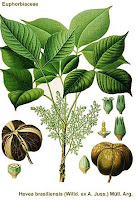

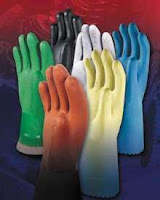




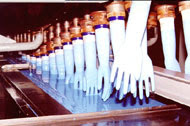






















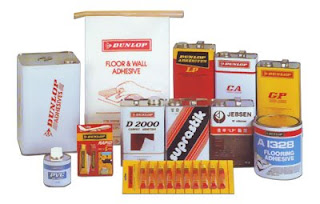
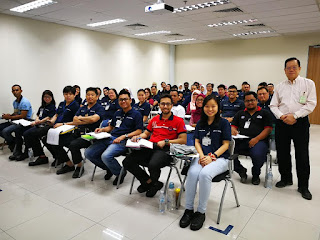

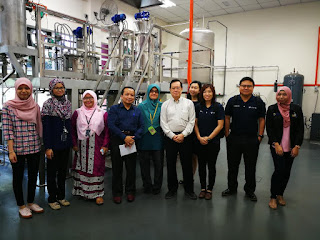
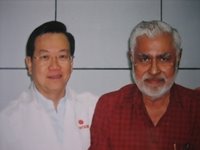


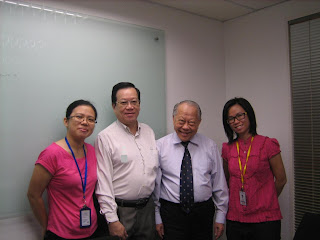


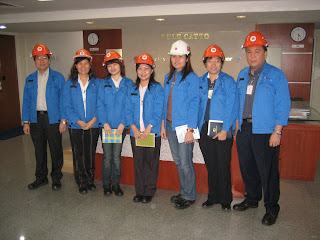
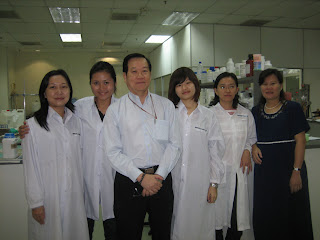
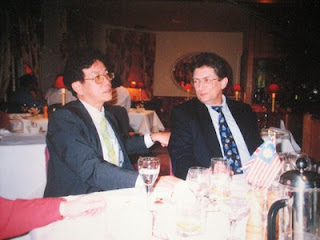.jpg)
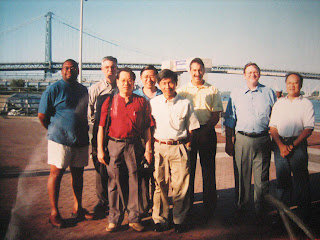.jpg)


.jpg)
.jpg)
.jpg)
.jpg)
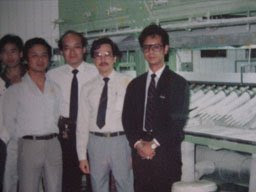.jpg)
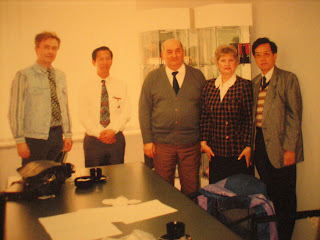.jpg)
.jpg)
.jpg)
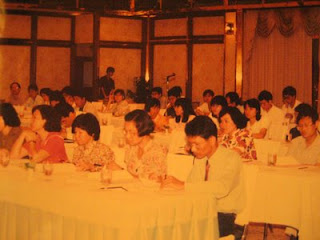.jpg)
.jpg)
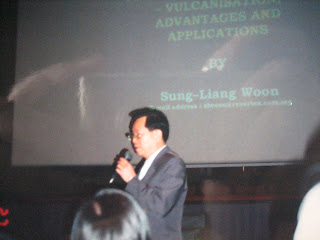.jpg)
.jpg)
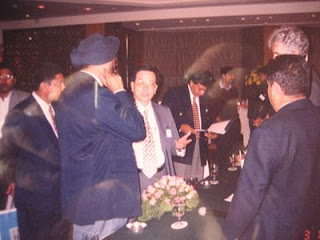.jpg)
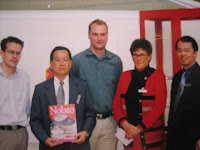.jpg)
.jpg)
.jpg)
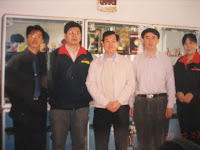.jpg)
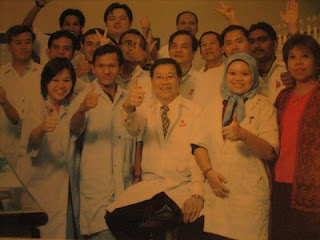.jpg)




